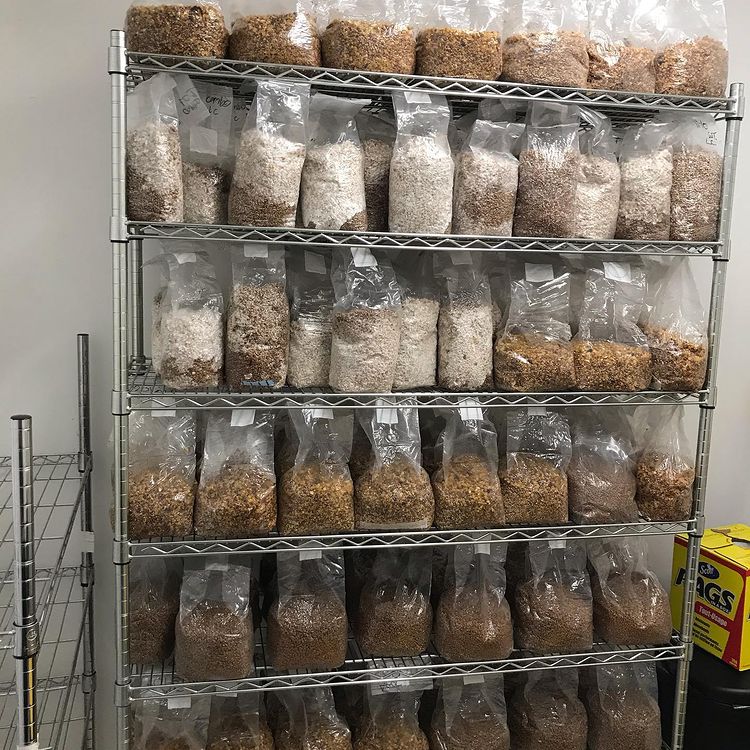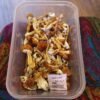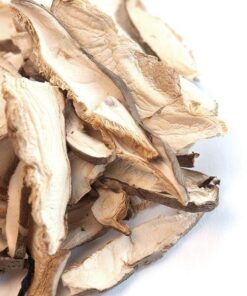Mushrooms Spores/cakes
$125.00 Original price was: $125.00.$100.00Current price is: $100.00.

Mushroom spores and cakes are components used in the cultivation of certain species of mushrooms. Let’s explore these elements in more detail Mushroom Spores Mushroom spores are the reproductive cells of mushrooms.

Mushrooms Spores/cakes
Mushroom spores and cakes are components used in the cultivation of certain species of mushrooms. Let’s explore these elements in more detail:
Mushroom Spores:
Mushroom spores are the reproductive cells of mushrooms. They are tiny, microscopic structures that contain the genetic material necessary for mushroom reproduction. Spores are typically produced on the gills or other specialized structures of mature mushrooms.
buy Mushrooms Spores/cakes
Spores are collected by allowing the mature mushroom cap to open and release the spores into the air. These spores can be captured on a sterile surface, such as a piece of aluminum foil, to create a spore print. The spores are then harvested from the print and used as the starting point for mushroom cultivation.
To cultivate mushrooms from spores, the spores are usually applied to a substrate, which is a material that provides the necessary nutrients for the mushroom to grow. Common substrates include sterilized grain, sawdust, or a combination of these materials. The spores germinate on the substrate and form mycelium, which is the vegetative part of the mushroom.
Mushrooms Spores/cakes For sale
Mycelium growth from spores is a slow and delicate process. It requires a sterile environment to prevent contamination from other microorganisms. Cultivators often use a technique called agar culture, where the spores are introduced to a nutrient-rich gelatinous medium called agar. The mycelium grows on the agar, and small sections of the mycelium can be transferred to fresh agar or substrate to expand the culture.
Mushroom Cakes:
Mushroom cakes, also known as substrate cakes, are a common method for growing mushrooms. The cakes consist of a mixture of nutrient-rich materials, such as grains or sawdust, that have been sterilized to eliminate competing organisms. The mycelium is introduced to the cakes, and it colonizes the substrate, consuming the nutrients and forming a network of white, thread-like structures.
Mushrooms Spores/cakes Near me
To create mushroom cakes, the sterilized substrate is typically placed in a container, such as a jar or plastic bag, and inoculated with mycelium. The container is sealed to maintain a controlled environment and prevent contamination. The mycelium grows throughout the substrate, and once fully colonized, small holes or slits may be made in the container to allow mushrooms to emerge.
The cakes require specific environmental conditions to trigger fruiting, which is the stage where mushrooms develop. These conditions typically include a decrease in temperature, increased humidity, and exposure to light. Once the mushrooms begin to grow, they can be harvested and consumed.
buy Mushrooms Spores/cakes online
Different species of mushrooms have varying requirements for optimal growth. Some species, such as Psilocybe cubensis, are commonly cultivated for their psychoactive properties. Others, like Agaricus bisporus (common button mushroom), are popular edible varieties found in supermarkets.
It’s important to note that the cultivation of certain mushroom species, especially those with psychoactive properties, may be subject to legal restrictions in many jurisdictions. It is crucial to understand and comply with local laws and regulations regarding the cultivation and use of mushrooms.
In conclusion, mushroom spores and cakes are essential components in the cultivation of mushrooms. Spores contain the genetic material necessary for mushroom reproduction, while cakes provide a nutrient-rich substrate for mycelium growth. With proper techniques and environmental conditions, these elements can be used to cultivate various mushroom species, both for culinary purposes and, in some cases, for their psychoactive properties.
Certainly! Here are some additional details about mushroom spores and cakes:
Mushroom Spores:
1. Spore Prints: Spore prints are often obtained by placing the mushroom cap, gills facing downwards, on a piece of paper or foil. As the cap releases spores, they form a pattern that corresponds to the arrangement of gills. Spore prints can vary in color, ranging from white and brown to purple and black, depending on the mushroom species.
2. Spore Syringes: Spore prints can be used to create spore syringes, which are commonly used in mushroom cultivation. A spore syringe is a sterilized syringe filled with a suspension of spores in sterile water. The syringe allows for precise and controlled inoculation of a substrate or agar medium.
3. Genetic Diversity: Mushroom spores carry the genetic information of the parent mushroom. This genetic diversity can result in variations in traits such as growth speed, fruiting patterns, and potency. Cultivators often seek out specific strains or isolate desirable characteristics by selecting spores from mushrooms with desired traits.
4. Storage: Spores can be stored for extended periods under proper conditions. Typically, they are stored in a cool and dark environment, such as a refrigerator, in a sealed container to maintain their viability. When stored correctly, spores can remain viable for several years.
Mushroom Cakes:
1. Substrate Preparation: The substrate for mushroom cakes can vary depending on the species being cultivated. Common substrates include grains (such as rye, millet, or wheat) or wood-based materials (such as sawdust or wood chips). The substrate is typically sterilized to eliminate any competing microorganisms that could hinder mushroom growth.
2. Inoculation: Once the substrate is prepared and cooled, it is inoculated with mycelium. The mycelium is obtained from spores or a pre-existing culture and is added to the substrate using sterile techniques to prevent contamination. The mycelium then colonizes the substrate, breaking it down and extracting nutrients for growth.
3. Fruiting Conditions: After the substrate is fully colonized by mycelium, the cakes are typically exposed to specific environmental conditions to induce fruiting. These conditions may include lower temperatures, increased humidity, and exposure to light. The combination of these factors triggers the development of mushrooms from the mycelium.
4. Multiple Flushes: Mushroom cakes can produce multiple flushes of mushrooms. After the initial harvest, the cakes are typically given a “rest” period to recover and regain nutrient reserves. With proper conditions and care, subsequent flushes can occur, allowing for multiple harvests from a single cake.
5. Expansion and Cloning: Mushroom cakes can be used as a source of mycelium for further expansion or cloning. Small sections of the mycelium can be transferred to fresh substrate or agar to create new cultures, allowing cultivators to propagate and maintain specific strains or varieties.
It’s important to note that mushroom cultivation requires attention to sterile techniques, proper sanitation, and environmental conditions. Contamination from other microorganisms can hinder growth or result in undesirable outcomes. Additionally, the cultivation and use of certain mushroom species, particularly those with psychoactive properties, may be subject to legal restrictions.
Overall, mushroom spores and cakes serve as the starting points for mushroom cultivation, allowing cultivators to propagate specific strains, explore genetic diversity, and create suitable environments for the growth and development of mushrooms.
Be the first to review “Mushrooms Spores/cakes” Cancel reply
Related products
Magic Mushrooms
Bestsellers
Magic Mushrooms
Magic Mushrooms
Edibles
Magic Mushrooms
Magic Mushrooms
Magic Mushrooms
















Reviews
There are no reviews yet.